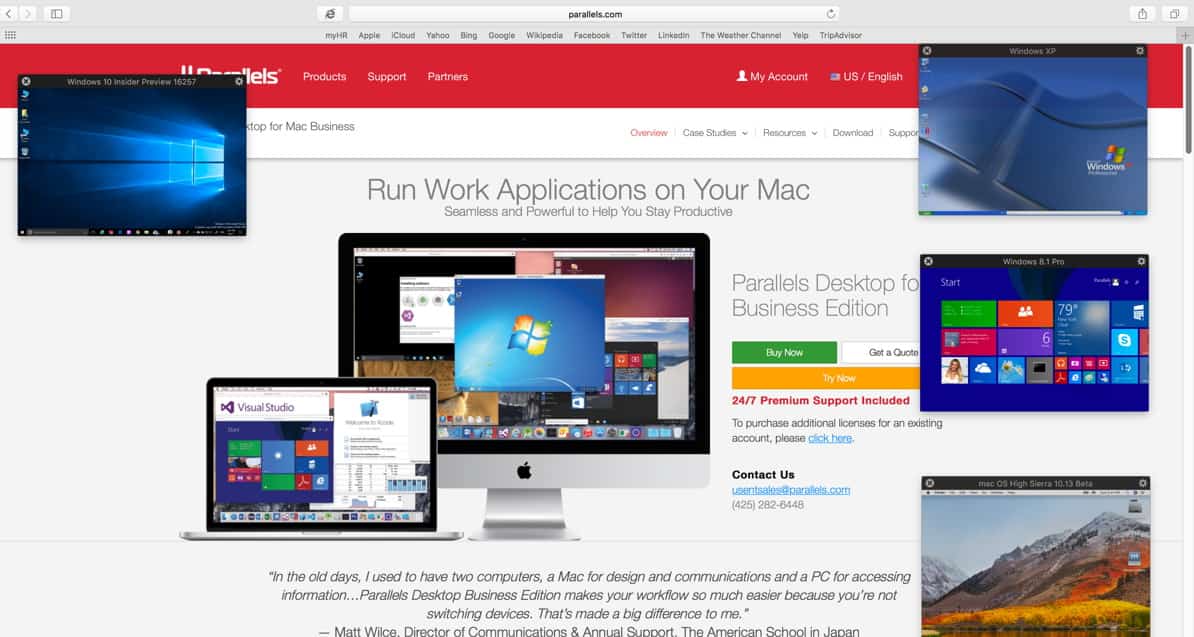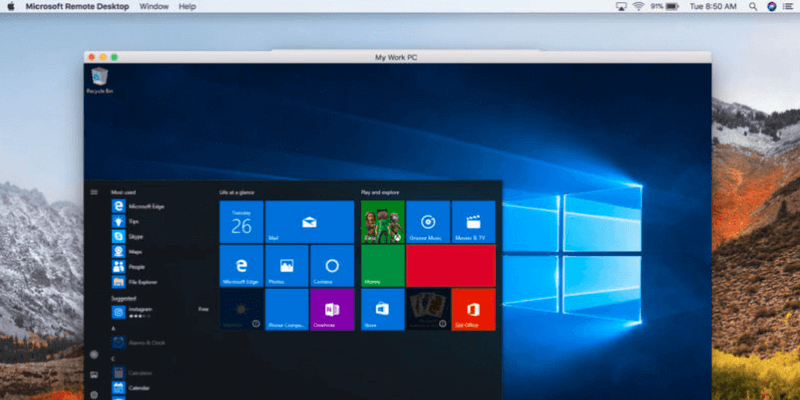


The simplest way to get Raspberry Pi Desktop up and running is to install the operating system, but that will require you to dedicate a computer to the project (or at least to partition a hard drive).

It’s also fun because it backs the familiar Raspbian interface with your PC or Mac’s hardware, which is much more powerful than the little Pi. That makes it useful for testing out projects when your Pi isn’t handy. This Raspbian-like OS (as the names imply, both operating systems are based on Debian) allows you to use your PC or Mac as a kind of substitute for your Raspberry Pi. This time, we’re changing things up: we’re going to show you how to use a PC or Mac to run the Raspberry Pi Foundation’s desktop operating system, Debian with Raspberry Pi Desktop (for brevity’s sake, we’ll call it just “Raspberry Pi Desktop” from now on). I use a cheap NVMe SSD in a 10Gbps USB-C enclosure-not this exact one, but one like it.Our articles usually show you how to do things on a Raspberry Pi. Any external SSD attached over a 5Gbps or 10Gbps USB connection or the Thunderbolt bus should feel fast enough for most things. Mac users with limited internal storage might want to change that to an external drive to save space, since the default disk size for new macOS VMs is 64GB.

And more is better, especially if you'll also be running heavy apps like Xcode alongside (or inside) your VM.īy default, VirtualBuddy keeps all of its files (including VM disk images) in a folder at ~/Library/Application Support/VirtualBuddy. Personally, I wouldn't recommend trying to virtualize macOS on an Apple Silicon Mac with less than 16GB of RAM. But you'll be running two entirely separate OSes on the same computer, and that comes with RAM and storage requirements. VirtualBuddy and the Virtualization framework don't have hard-and-fast requirements aside from requiring an Apple Silicon chip for macOS-on-macOS virtualization. You'll also want to pay attention to the hardware requirements for virtualization. With the Xcode beta installed, everything works as intended (but if you can find a way to get this working without installing a 33GB app that takes an hour-plus to install, I'd love to know about it). When I've tried this without Xcode installed, macOS has tried (and failed) to download extra software to make it work-sort of like how macOS needs to download additional software the first time you use Rosetta. If you're looking to virtualize Ventura on top of Monterey, you'll want to install and run the beta version of Xcode 14 from Apple's developer site before you start. If you want to virtualize macOS Monterey on top of macOS Monterey, you won't have to download anything else.


 0 kommentar(er)
0 kommentar(er)
